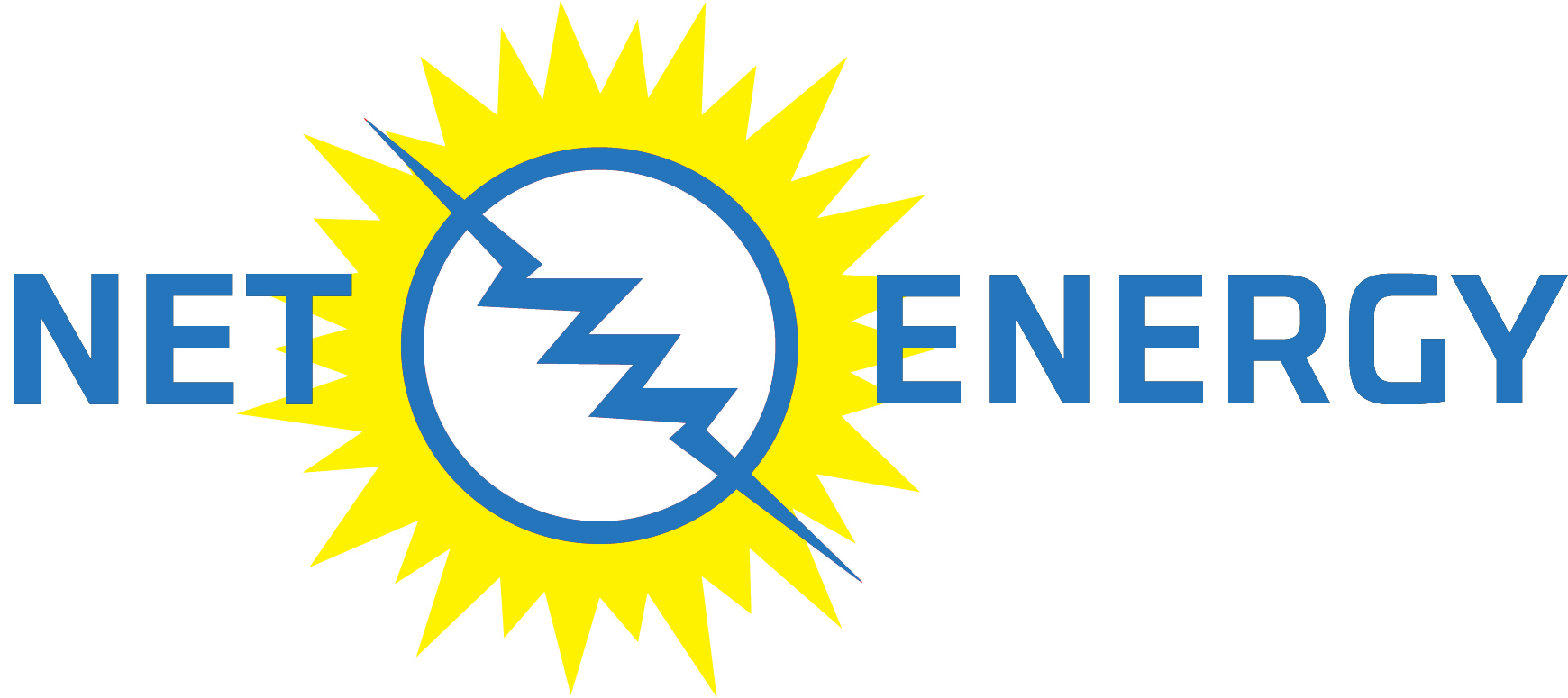 The economics of renewable energy have been improving quite fast. Especially those of utility-scale solar power. A new analysis of the levelized cost of energy from Lazard, shows that over the past year the cost of generating energy from large solar projects fell by 7%.
The economics of renewable energy have been improving quite fast. Especially those of utility-scale solar power. A new analysis of the levelized cost of energy from Lazard, shows that over the past year the cost of generating energy from large solar projects fell by 7%.
What is Levelized Cost
The levelized cost of any energy technology is the break-even price that companies investing in the technology need in order to see a competitive rate of return.
In the case of utility-scale solar, this rate has dropped to about $40 per megawatt hour. This is lower than the cost of building new power plants that burn natural gas or coal. It’s even close to being competitive with the marginal costs of running the coal and nuclear plants that we already have.
How Did This Change Come About
Many things have brought about this change, including steady improvements in technology and reductions in capital costs. And while the rate of decline has slowed a bit lately, costs for solar power at large scale have continued to fall rapidly (about 13% a year) for the past five years.
With federal incentives, building new solar facilities makes more sense than continuing to run old coal and nuclear plants. That is to say, we can reduce fossil-fuel consumption without undue economic disruption.
Several factors are important to consider though.
What are the Factors
First, renewable-energy prices aren’t favorable everywhere; regional differences in availability and fuel costs matter.
Second, the cost-competitiveness of certain renewable energy technologies doesn’t mean that they alone can provide all the power that’s needed. There will still need to be a variety of technologies required in the foreseeable future. Solar energy production is invariably intermittent (the sun isn’t always shining), so is best complemented by conventional-generation technologies. This is that combined-cycle natural gas typically remains the most cost-effective (and emits less carbon dioxide than coal does).
And finally, in order to be able to use more solar power, we’ll need to improve our ability to store that power. The good news here is that the costs of lithium-ion battery technology are falling, and at a faster pace than those of other storage technologies, Lazard has found.
The overall news is highly encouraging. While we’ll need to rely on conventional energy technologies, the cost of solar, and of energy storage, are also falling. This bodes well for the prospect of cutting carbon emissions without painful economic consequences.
Why Net 0
Net 0 Energy Homes employs a highly experienced team of expert solar panel installers of domestic and commercial solar panel (PV) systems across South Florida, including West Palm Beach, Fort Lauderdale, Miami, Florida Keys, and the Bahamas.
We also provide and install radiant barrier attack shield, quality insulation, solar water heaters, solar pool heaters, and a myriad of other amazing products to keep your homes heating and cooling costs as low as modern science will allow.
Net 0 Zero Energy solar electricity systems are made of high-quality US manufactured modules of top tier quality. While our solar water heating systems are manufactured by Solar Development Incorporated, Florida’s oldest solar manufacturer located in Palm Beach County since 1974.

